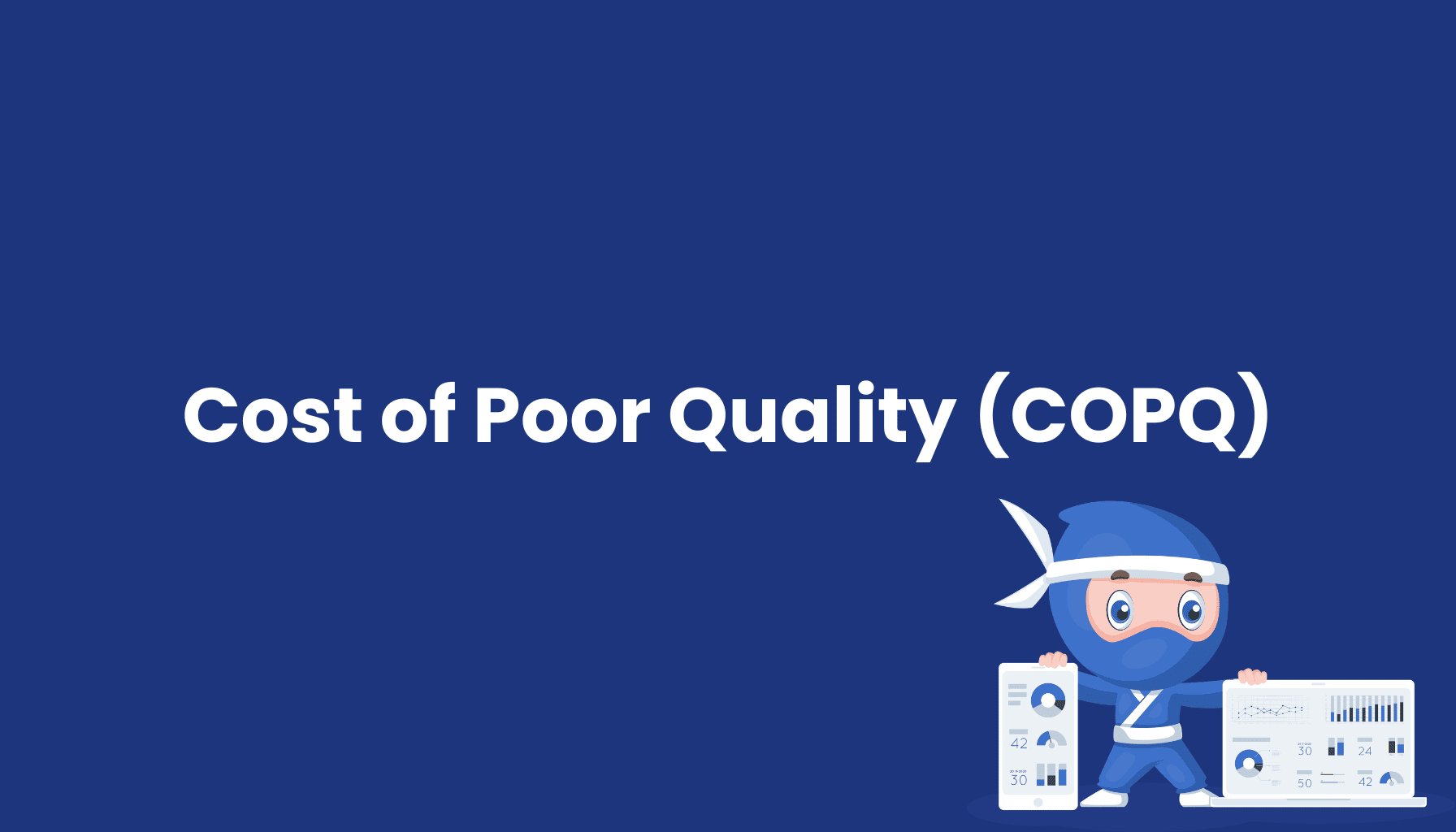Cost of Poor Quality (COPQ)

What is Cost of Poor Quality?
Cost of Poor Quality (COPQ) refers to the totality of all costs that arise from quality deficiencies and deviations in industrial manufacturing processes. This fundamental key figure quantifies the economic impacts of insufficient quality and forms the basis for evidence-based optimization decisions in quality management.
Systematic Cost Structure
The recording of COPQ is based on a multi-dimensional cost analysis:
Fundamental cost categories:
- Failure costs (internal and external)
- Inspection and assessment costs
- Prevention costs
- Opportunity costs
This systematic categorization enables precise quantification of quality losses.
Internal Failure Costs
These arise from quality deficiencies that are detected before delivery:
Central cost elements:
- Scrap and rework
- Production interruptions
- Repeat inspections
- Error documentation and analysis
External Failure Costs
These arise from quality deficiencies that are only detected after delivery:
Critical cost components:
- Warranty costs
- Complaint processing
- Product recalls
- Customer service costs
Recording Methodology
The systematic recording of COPQ requires:
Analytical tools:
- Process Cost Accounting
- Failure Mode and Effects Analysis (FMEA)
- Quality Cost Analysis
- Value Stream Mapping
Economic Significance
COPQ generates significant economic impacts:
Quantifiable effects:
- Typical COPQ: 15-40% of revenue
- Return on Investment (ROI) for quality improvements: 5:1 to 10:1
- Cost ratio prevention to error correction: 1:10
The systematic reduction of COPQ forms a central lever for increasing profitability in industrial manufacturing. Through preventive quality measures, COPQ can typically be reduced by 35-50%, which directly contributes to improving the operating result.





